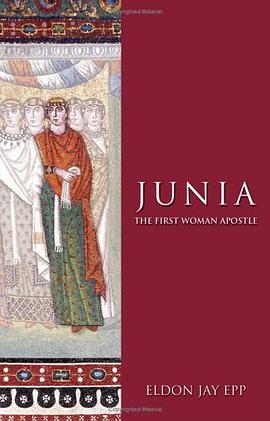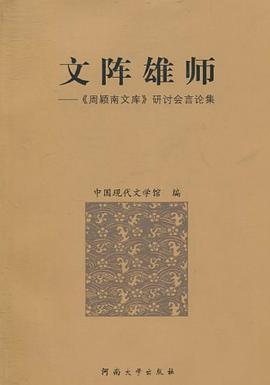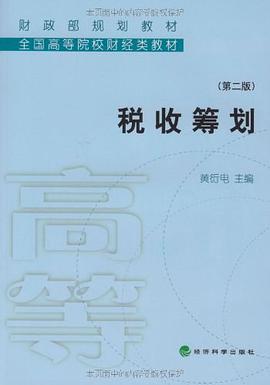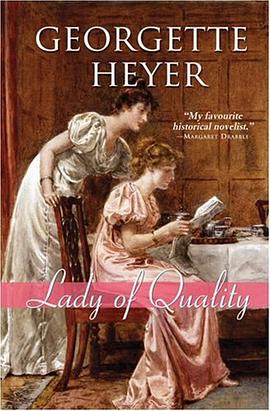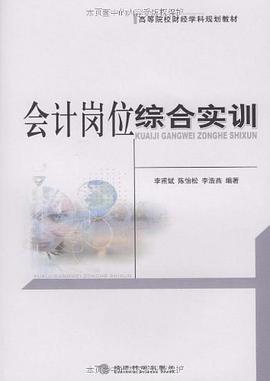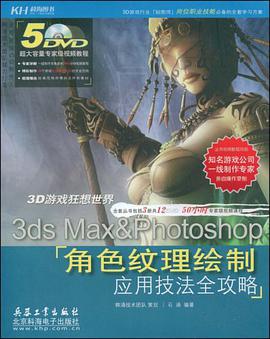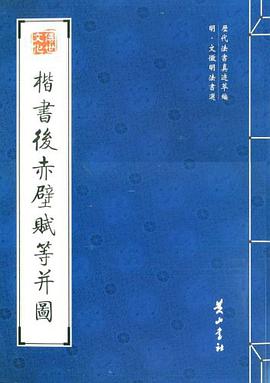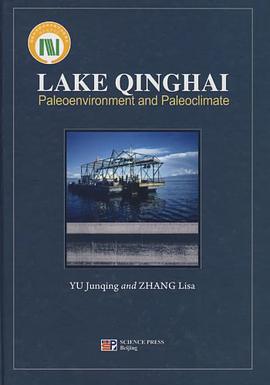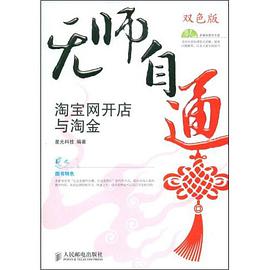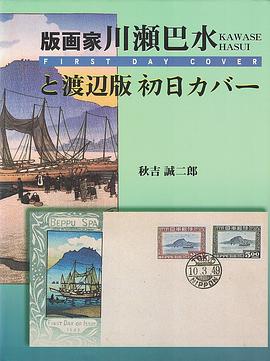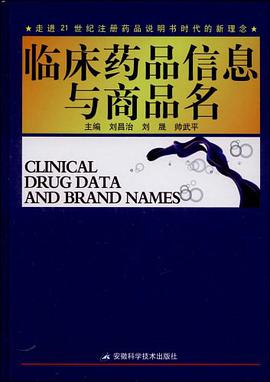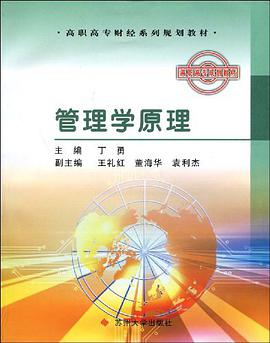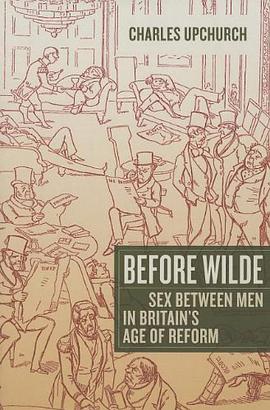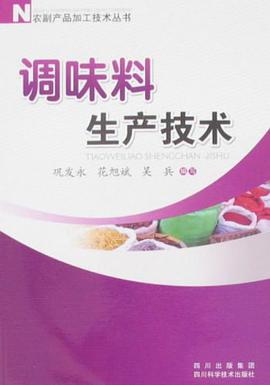STUDIES IN THE THEORY AND METHOD OF NEW TESTAMENT TEXTUAL CRITICISM
CONTENTS
PREFACE
ABBREVIATIONS
PART I. GENERAL AND HISTORICAL OVERVIEW
1. TEXTUAL CRITICISM OF THE NEW TESTAMENT
I. The Need
II. The Sources
The Greek Manuscripts
The Versions
Patristic Citations
Manuscript Relationships
III. The Text in History
Period of Confusion (to AD 400)
Period of Transmission (400-1516)
Establishment of the Textus Receptus (1516-1633)
Period of Discovery and Research (1633-1831)
Period of Constructive Criticism (1831-81)
Since Westcott and Hort (1881 to the Present)
V. The Method
External Evidence
Internal Evidence
The Debate over Method
VI. The Significance
2. DECISION POINTS IN PAST, PRESENT, AND FUTURE NEW TESTAMENT TEXTUAL CRITICISM
I. Past Decision Points in New Testament Textual Criticism
II. The Post-World War II Setting
Critical Editions and Studies
Editions of the Greek NT
Critical Editions of Versions and Fathers
Discoveries
Methods
III. Current and Future Decision Points in New Testament Textual Criticism
The Struggle over the Text-Type
The Crisis of Criteria
The Approaching Battle over the Papyri
IV. Conclusion
PART II. DEFINITIONS
3. TOWARD THE CLARIFICATION OF THE TERM "TEXTUAL VARIANT"
I. Introduction: The Problems
II. Colwell and Time on the Classification of Insignificant Variants
III. Recommended Definitions and Limitations
1. Reading
2. Significant and Insignificant Readings
3. Variation-Unit
IV. Conclusion
4. ON THE TYPES, CLASSIFICATION, AND PRESENTATION OF TEXTUAL VARIATION
I.
II.
PART III. CRITIQUE OF CURRENT THEORY AND METHOD
5. THE TWENTIETH-CENTURY INTERLUDE IN NEW TESTAMENT TEXTUAL CRITICISM
I. Introduction
II. Evidences of the Interlude
A. Lack of Progress in Popular Critical Editions
B. Lack of Progress toward a Theory and History of the Earliest NT Text
C. Lack of Progress in Major Critical Editions/Apparatuses
D. Lack of Progress in the Evaluation of Readings
E. The Return of the Textus Receptus
III. The Post-Interlude Performance
A. Quantitative Measurement of Manuscript Relationships
B. Homogeneity and Recension in Early NT Text-Types
C. Computers in Textual Criticism
IV. Conclusion
6. A CONTINUING INTERLUDE IN NEW TESTAMENT TEXTUAL CRITICISM?
I. Progress in Popular Critical Editions
II. Progress toward a Theory and History of the Earliest New Testament Text
7. RIGOROUS OR REASONED ECLECTICISM — WHICH?
I.
II.
III.
IV.
V.
VI.
8. THE ECLECTIC METHOD IN NEW TESTAMENT TEXTUAL CRITICISM: SOLUTION OR SYMPTOM?
I. Problem and Purpose
II. Criteria for Originality of Readings
A. Use of the Critical Canons in Antiquity
B. Use of Critical Canons in Modern Times
C. Use of Critical Canons in Current Eclecticism
1. Use of Critical Canons by Eclectic Generalists
2. Use of Critical Canons by Eclectic Specialists
III. Conclusion
9. MODERN TEXTUAL CRITICISM AND THE SYNOPTIC PROBLEM: ON THE PROBLEM OF HARMONIZATION IN THE GOSPELS
I. Harmonization
II. Textual Principles and the Synoptic Problem
10. THE MAJORITY TEXT AND THE ORIGINAL TEXT OF THE NEW TESTAMENT
I. Hodges and the Majority Text
II. Pickering's "Identity" of the New Testament Text
An Overview of the Argument
The Question of Methodology
The Causes of Corruption
The Use of Patristic Evidence
Conclusion —A Test Case
PART IV. ESTABLISHING TEXTUAL RELATIONSHIPS
11. THE CLAREMONT PROFILE METHOD FOR GROUPING NEW TESTAMENT MINUSCULE MANUSCRIPTS
12. CODEX SINAITICUS IN THE GOSPEL OF JOHN: A CONTRIBUTION TO METHODOLOGY IN ESTABLISHING TEXTUAL RELATIONSHIPS
I. The Problem of Codex Sinaiticus in John
II. The Problem of Methodology
III. Codex Sinaiticus in John 4
IV. Codex Sinaiticus in John 1-9
John 7-5
John 5-8
The End of the Western Text in X
V. Conclusions
PART V. PAPYRI AND TEXT-CRITICAL METHOD
13. .75, .66, AND ORIGEN: THE MYTH OF EARLY TEXTUAL RECENSION IN ALEXANDRIA
I
II
III
IV
V
14. THE SIGNIFICANCE OF THE PAPYRI FOR DETERMINING THE NATURE OF THE NEW TESTAMENT TEXT IN THE SECOND CENTURY: A DYNAMIC VIEW OF TEXTUAL TRANSMISSION
I. The Dynamic Historical Situation of the Early Church
II. The Environment of the Earliest New Testament Manuscripts
SITES OF PAPYRUS FINDS IN EGYPT
III. Textual Clusters and the Early Spectrum of the New Testament Manuscripts
A. Designations for the Textual Clusters
B. Definitions of Textual Clusters
IV. Conclusion
PART VI. METHOD AND USE OF PATRISTIC EVIDENCE
15. THE TEXT OF JOHN IN ORIGEN AND CYRIL OF ALEXANDRIA: A CONTRIBUTION TO METHODOLOGY IN THE RECOVERY AND ANALYSIS OF PATRISTIC CITATIONS
I
II
The Texts
ORIGEN
CYRIL
16. THE TEXT OF JOHN IN THE JERUSALEM BIBLE: A CRITIQUE OF THE USE OF PATRISTIC CITATIONS IN NEW TESTAMENT TEXTUAL CRITICISM
I
II
III
IV
17. THE USE OF GREEK PATRISTIC CITATIONS IN NEW TESTAMENT TEXTUAL CRITICISM: THE STATE OF THE QUESTION
I. The Problems
1. The Church Father and His Bible
2. Scribes and Editors
3. The Need to Discriminate
II. Gathering the Evidence
1. The Index to the Fathers
2. The Critical Editions
3. The Index of Patristic Citations
4. The IGNTP Luke
III. Presenting the Evidence
IV. Evaluating the Evidence
V. Using the Evidence
1. The Fathers and the Original NT Text
a) Luke 10:42
b) John 7:1
2. Writing the History of Transmission
BIBLIOGRAPHY
Abbot, Ezra
Aland, Kurt, and Barbara Aland
Baker, Aelred
Best, Ernest, and R. McL. Wilson
Blake, Robert P.
Bover, Joseph M., S.J.
Butler, B. C.
Colwell, Ernest Cadman
Dain, A.
De Zwaan, Johannes
Duplacy, Jean, and M. Jack Suggs
Ellis, Arthur A.
Epp, Eldon Jay, and Gordon D. Fee
Fascher, Erich
Finegan, Jack
Fox, Douglas J.
Geer, Thomas C, Jr.
Greenlee, J. Harold
Hatch, William Henry Paine
Holmes, Michael W.
Jacquier, Eugène-Jacques
Kerschensteiner, Josef
Kim, K. W.
Kunst, Hermann
Lewis, Naphtali
Mastricht, Gerhard von
Michaelis, J. D.
Molitor, Joseph
Orchard, Bernard, and Thomas R. W. Longstaff
Pearson, Birger
Porter, Calvin L.
Richards, William Larry
Rolando, G. M.
Schenke, Hans-Martin
Sturz, Harry A.
Tov, Emmanuel
Vincent, Marvin R.
Westcott, Brooke Foss, and Fenton John Anthony Hort
Zaphiris, Gérassime
INDEX OF MANUSCRIPTS, VERSIONS, EDITIONS, AND MODERN TRANSLATIONS
INDEX OF BIBLICAL PASSAGES
INDEX OF ANCIENT AUTHORS
INDEX OF MODERN AUTHORS
INDEX OF SUBJECTS
· · · · · · (
收起)



